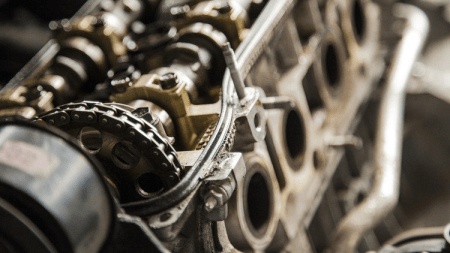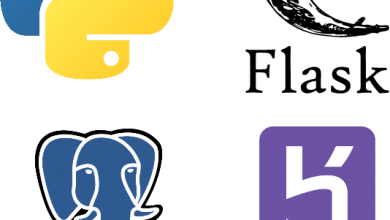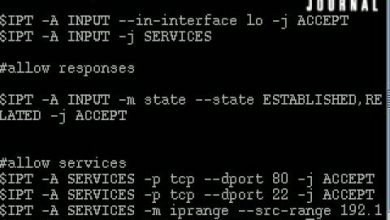Diesel Engine Fundamentals (Part 2) (Mechanical Engineering)

Diesel Engine Fundamentals (Part 2) (Mechanical Engineering) Free Tutorial Download
What you’ll learn
-
Know how to read two and four stroke engine timing diagrams.
-
Know relationships between pressure, temperature and volume.
-
Know what indicator diagrams are.
-
Know what maintenance plans are and the differences between them (planned, preventive, predictive etc.).
-
Recognise common engine maintenance tasks.
-
Know what gas cycles (thermodynamic cycles) are.
-
Know how an engine is protected from situations such as overheating etc.
-
Know how an engine is started (starter circuit).
-
Identify mechanical, electronic and electrical-hydraulic governors.
-
And much much more!
Requirements
-
A desire to learn.
-
It would be very beneficial to complete the Diesel Engine Fundamentals course before beginning this course, but it is not essential if you already have some engineering experience.
Description
Without exception, the reciprocating piston engine is the most influential machine ever invented by mankind. From its early beginnings as a steam engine, the piston engine has revolutionised the way we live, work and travel. This course will teach you more about this truly amazing machine.
In this course, you will learn:
- Detailed two stroke and four stroke cycles.
- Detailed two and four stroke timing diagrams.
- Thermodynamic gas cycles (Otto, Diesel etc.).
- Maintenance strategies (breakdown, scheduled, predictive etc.)
- How an engine is started (starter circuit).
- Centrifugal and electrical-hydraulic governors.
- What indicator and compression diagrams are.
- Engine protection – how to protect using temperature, pressure, flow and level measurements.
- And a lot lot more!
*** Note that this course focuses more on the diesel fired engine type rather than the petrol/gasoline type, but gives a general good overview concerning the internal combustion (IC) engine. The video is part of the Mechanical Engineering video series.***
The course is designed to build on the knowledge gained in the Diesel Engine Fundamentals Part 1 course, although this course is also suitable to anyone who already has some diesel engine or automobile engineering background knowledge. As diesel generators are also used for rotating machinery such as sprinkler pumps and emergency generators, engineers working in HVAC, Power Engineering, Chemical Engineering, Electrical Engineering and other Mechanical Engineering related industries will find this course useful.
Why this course?
Because saVRee and saVRee lite have trained over 5,000 students on Udemy with an average paid course rating of 4.7/5.0!
We strongly recommend you checkout the free preview videos before signing-up because we know you won’t be disappointed.
Written content has been read aloud so that you can ‘learn on the go‘ without needing to watch the screen constantly.
Don’t waste more time reading this course description, check-out the free preview videos and the curriculum, then make an informed decision.
Hope to see you on the course!
Who this course is for:
- Anyone who wishes to know more about how an engine (diesel or petrol/gasoline) works.
- Anyone working or training in a mechanical engineering related industry (HVAC, oil and gas, marine, automotive, power engineering, industrial engineering, chemical engineering etc.).
- Anyone working or training in an automotive engineering related industry (maintenance, repair, operation etc.)
Download Diesel Engine Fundamentals (Part 2) (Mechanical Engineering) Free
https://horizoncsueastbay-my.sharepoint.com/:u:/g/personal/fbhat_horizon_csueastbay_edu/ET-JZtA3c5ZConz4O5LYlFABo-QgDuC3RmrLR9qkZMGf3A
https://bayfiles.com/xajec5d8p3
https://drive.google.com/file/d/11ueRwgqFUf6hXRf8WEeRX2rXFLQDZK1D/view?usp=sharing
https://uptobox.com/ob7c8npa3577




